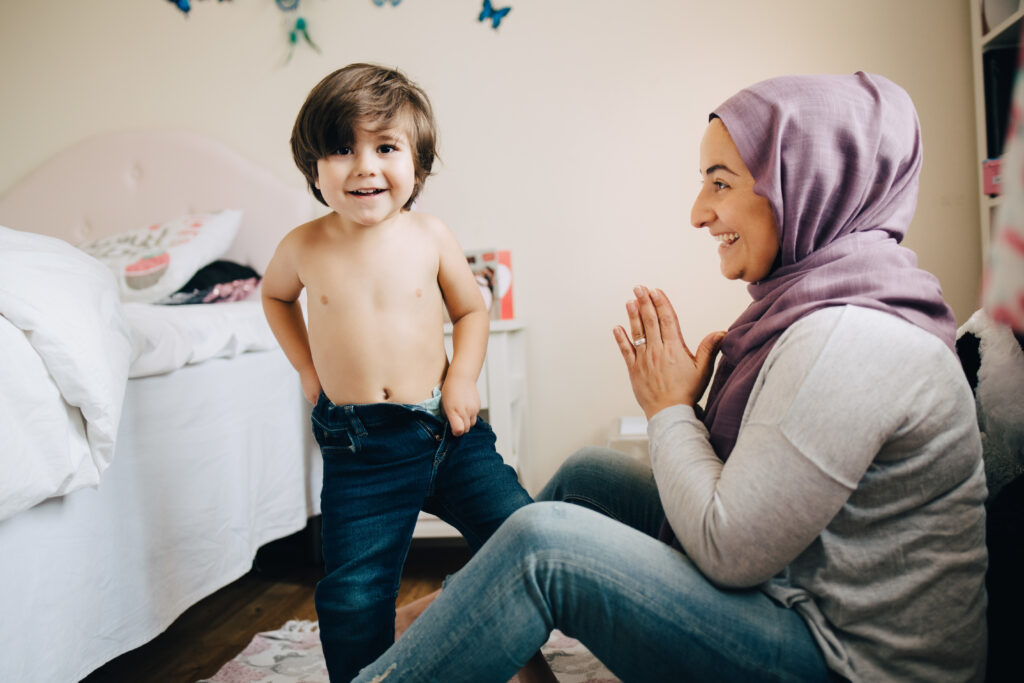Bilateral Integration

Bilateral integration, more commonly referred to as bilateral coordination, is the coordinated and fluid movement of both sides of the body. Bilateral integration requires both hemispheres of the brain working together to enable bilateral movements. Kids who have difficulty with bilateral coordination may appear clumsy, drop things often, switch hands during tasks or use primarily one hand. Development of bilateral coordination skills is necessary for functional skills including self-feeding, handwriting, sports, dressing, grooming, and many other self care tasks.
What are the Different Types of Bilateral Integration?
Bilateral coordination is made up of three main components, symmetrical movements, alternating movements, and dominant hand/ supporting hand movements. Symmetrical movements are when both hands are doing the same thing at the same time. Some examples of symmetrical movements include jumping rope, jumping jacks, and catching a ball with two hands. Alternating movements use the two extremities in alternating motions. Some examples of alternating movements include riding a bike and marching. Dominant hand/non-dominant hand activities require the participant to use one hand to perform a task while the other assists. Some activities that require this skill are lacing cards, coloring, and tying shoes.
Why is Bilateral Integration Important?
Bilateral coordination is required for a variety of skills. The ability to use both dominant and non-dominant hands in activities indicates a maturation of the brain which is very important for motor planning and visual motor skills. Difficulties with bilateral coordination can lead to difficulty in the classroom including skills such as using scissors, tracing, writing, buttons, managing lunch containers, and turning the pages of a book.
How Can You Help Develop these Skills?
Occupational therapy can help your child develop and improve their bilateral coordination skills. There are also many activities you can try at home to practice this skill in a fun way. Playing with play dough is a good tool for bilateral coordination. Encourage your child to roll the dough into a snake with two hands, roll it flat with a rolling pin, or roll it into a large ball with two hands. Zoom ball is also a fun way to practice this skill. Your child can open and close their arms symmetrically to make the ball zoom down the string. Many dressing activities also incorporate bilateral coordination. Some to try at home include zipping up a jacket, buttons, lacing, and tying shoes.
